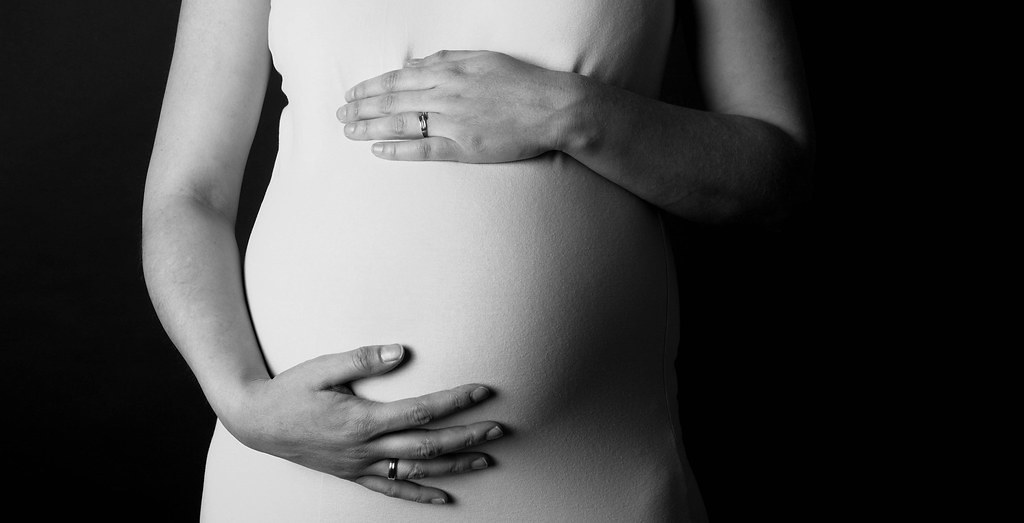
During an IVF treatment cycle, embryos are usually transferred back into the womb between 2 and 5 days after fertilisation. If there are any surplus, good quality embryos following transfer, these are usually frozen for future use. Previously, limitations in the technologies associated with freezing human embryos have encouraged clinicians to recommend that women opt for fresh embryo transfers. However, recent advances in freezing technologies together with current research may change this traditional way of thinking.
The first baby born from a frozen embryo was in 1984. Since then, thousands of healthy babies have been born from frozen embryos. The technique used traditionally to freeze embryos is based on a protocol of controlled slow-freezing. Embryos are frozen with the addition of a cryoprotective agent to prevent the formation of ice crystals in the cells. Subsequently the cells are cooled slowly in steps to -196 degrees Celsius and stored in liquid nitrogen. The formation of ice crystals are harmful to the cells and will have a negative impact on their survival rate during thawing.
A more recent technique for freezing embryos and oocytes is vitrification. In this technique the water molecules in an oocyte or embryo are removed and replaced with a higher concentration of cryoprotectant than in the slow freeze method. The solution containing the embryos is cooled so quickly that the structure of the water molecules doesn’t have time to form ice crystals and instantaneously solidifies into a glass-like structure. This is believed to lead to better survival rates during thawing. This advance in the way embryos are frozen and thawed has meant that clinicians can be more confident in deferring the transfer of IVF fresh embryos to a non-stimulated cycle.
A comprehensive review of previous studies on embryo freezing presented at the European Society of Human Reproduction and Embryology (ESHRE) in Istanbul this year has suggested a higher on-going pregnancy rate when frozen and not fresh embryos are transferred. The researchers propose that lower rates associated with fresh embryo transfers may be the result of ovarian stimulation and its effect on the lining of the womb. They suggest that hormones associated with multi-egg stimulation may make the endometrium less receptive to implantation. Furthermore, deferring the transfer of embryos to a later non-stimulated cycles will also reduce the risk of ovarian hyperstimulation syndrome which has a negative impact on the endometrium.
Further research is needed but it may be that future IVF treatments will routinely involve freezing all embryos for later transfer in a non-stimulated cycle. This will obviously have an impact on those couples who opt to go abroad for IVF treatment. Egg collection and embryo transfer would then have to be undertaken on two separate trips to the country which would incur further cost.

No comments:
Post a Comment